Living with Water
Flooding in Charleston is an existential challenge requiring our full attention. Innovation is required to ensure Charleston serves as a national leader as we adapt to a changing climate.

Charleston’s connection to the sea is integral to its identity. Yet water is a blessing and a curse for our built environment. We must address a complex suite of flooding challenges that threaten our historic city including storm surges, king tides, and groundwater inundation.
Successful management of flooding in Charleston requires us to continuously press our public officials to manage growth wisely and invest in critical infrastructure to protect life and property. In the last several years, the impacts to our already flood-prone City have been noticeably accentuated by the rapid growth of our built environment and sea-level rise. Time is of the essence to ensure that the city’s growth does not compromise its resilience.
The Preservation Society of Charleston is committed to finding solutions that best safeguard our community and the heritage it stewards from increasing flood events and climate change. Charleston’s distinct character, quality of life, and diverse neighborhoods are all at risk if we avoid the continuous need for comprehensive flood risk mitigation.
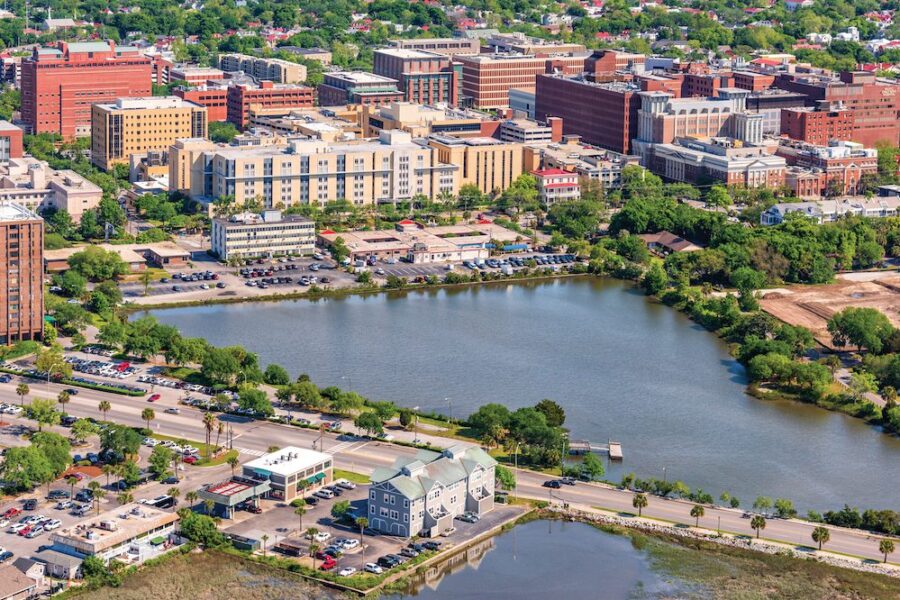
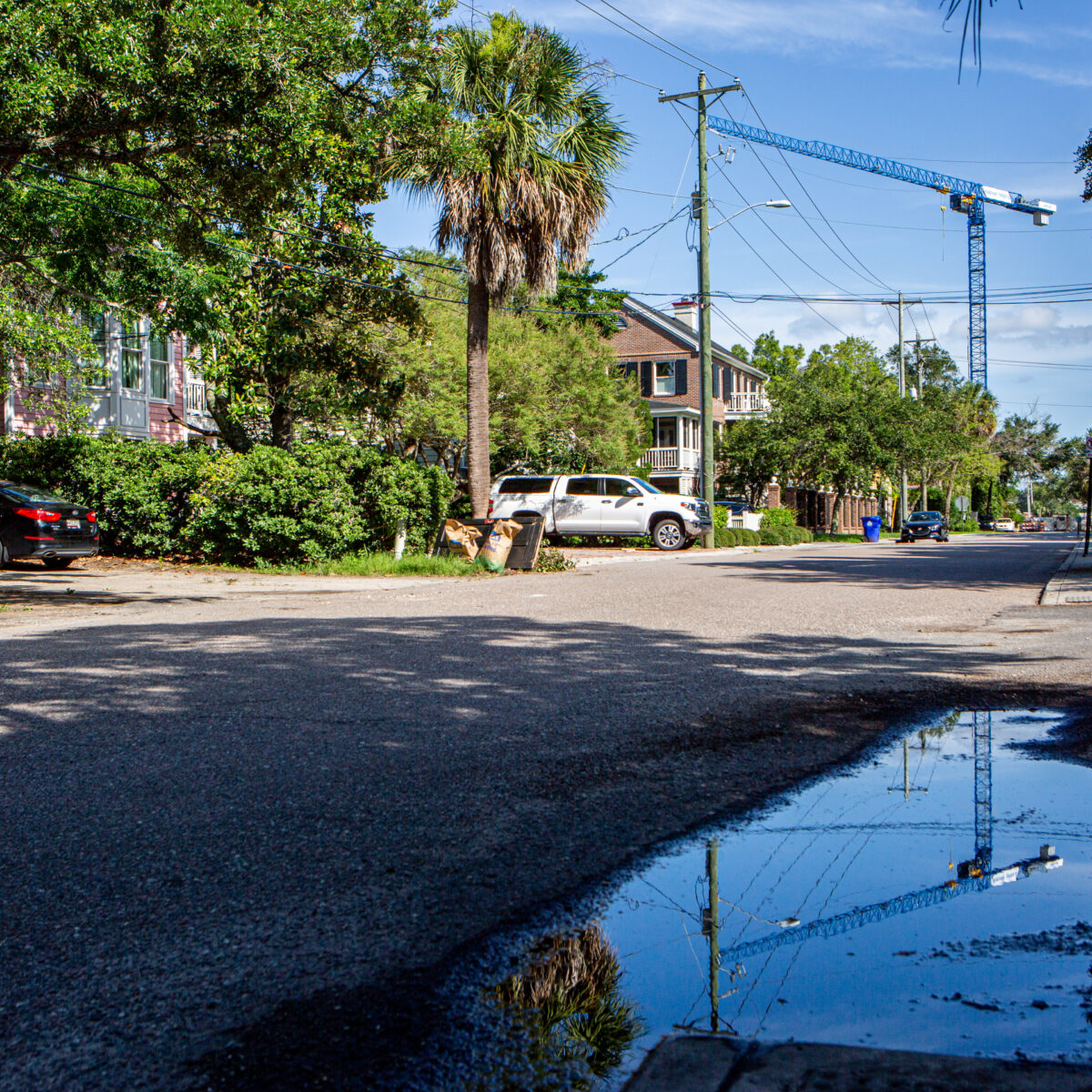
New development must reduce our collective risk
Water management is a collective responsibility. Poor choices upstream have consequences downstream. Engineers who have studied Charleston’s drainage infrastructure point to critical shortcomings in our water storage capacity.
We are forced to draw a hard line to limit development that exacerbates this challenge. We also must take a strong stance against the infill and development of marshlands, which help bolster our resilience.
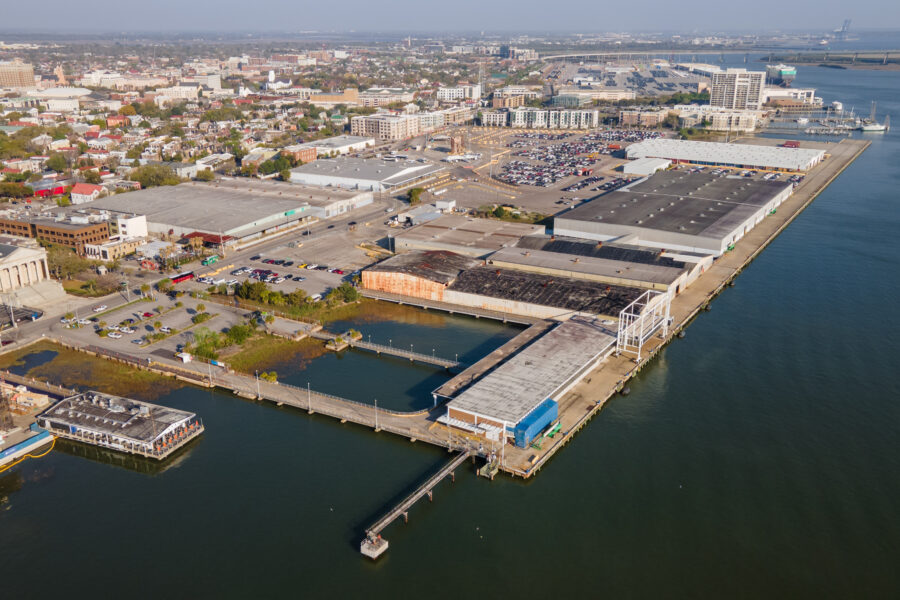
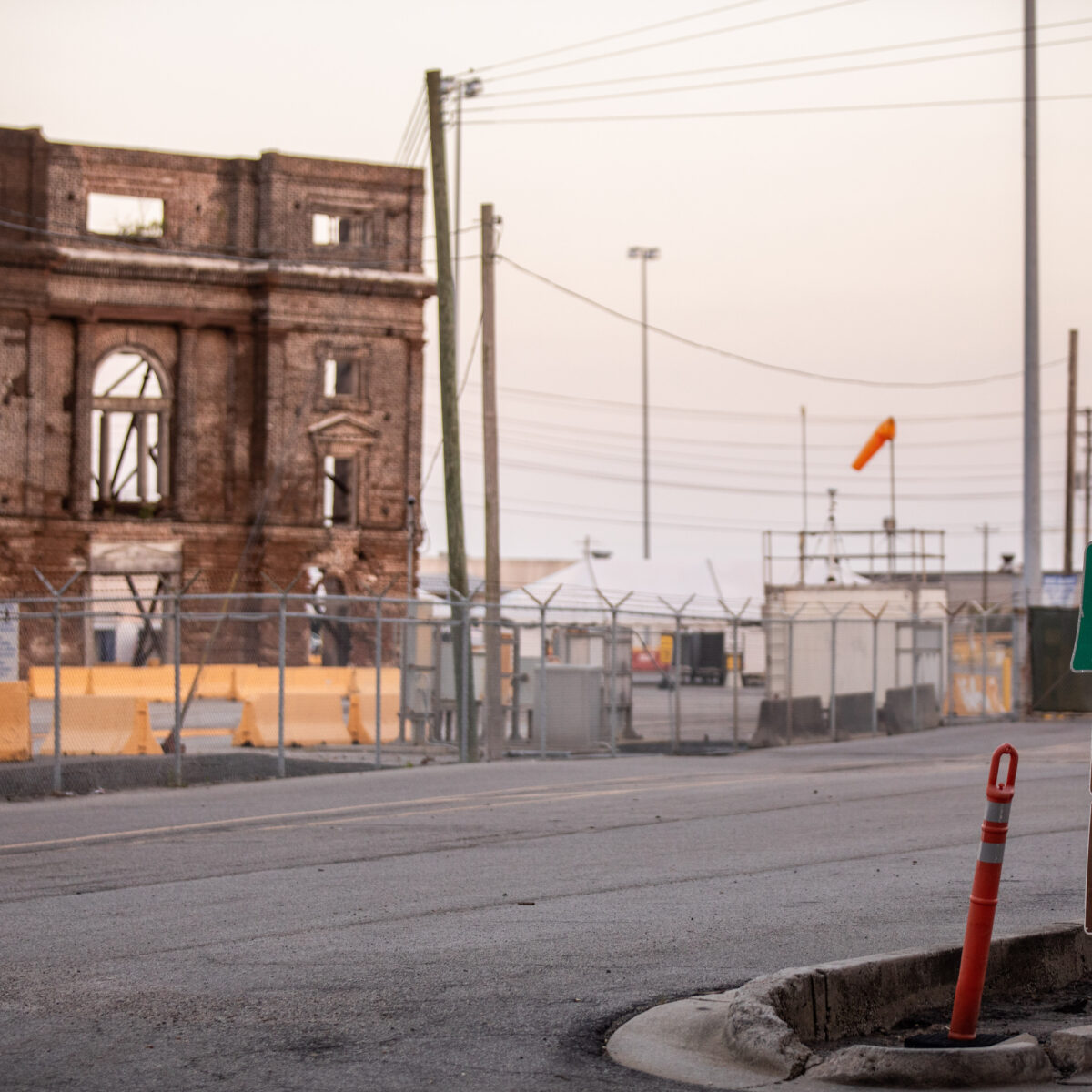
Union Pier must be developed responsibly
The 74-acre Union Pier site extending from Laurens Street to Waterfront Park sits at a critical juncture between the Cooper River and downtown. As one of the most significant redevelopment opportunities in the city’s history, this project, if approached with vision and care, can bring enormous value to our historic city.
As one of the most highly anticipated land use plans of our generation, it is critical to get it right. As a committed stakeholder in the master planning process, the PSC aims to ensure that Charleston sets a new international standard for climate resilience and urban waterfront design.
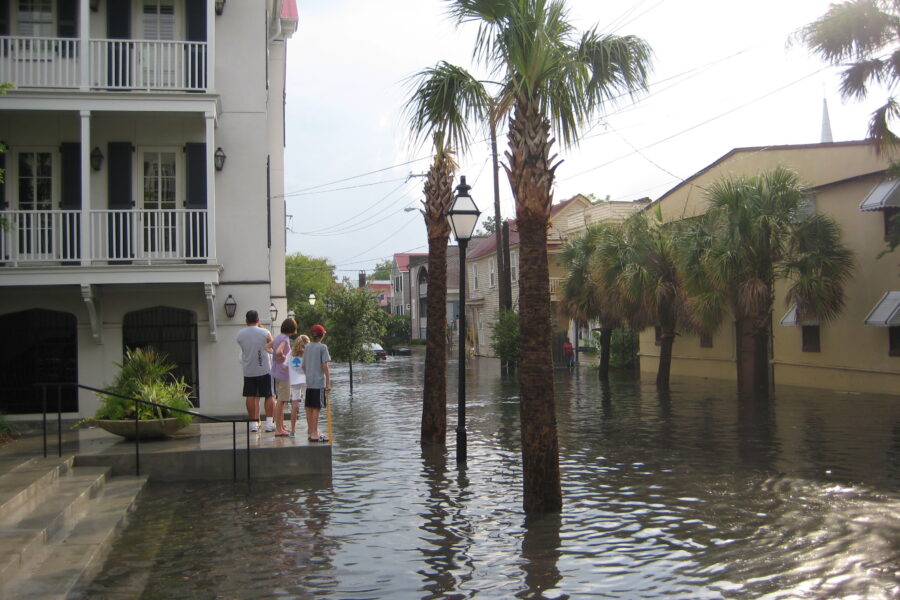
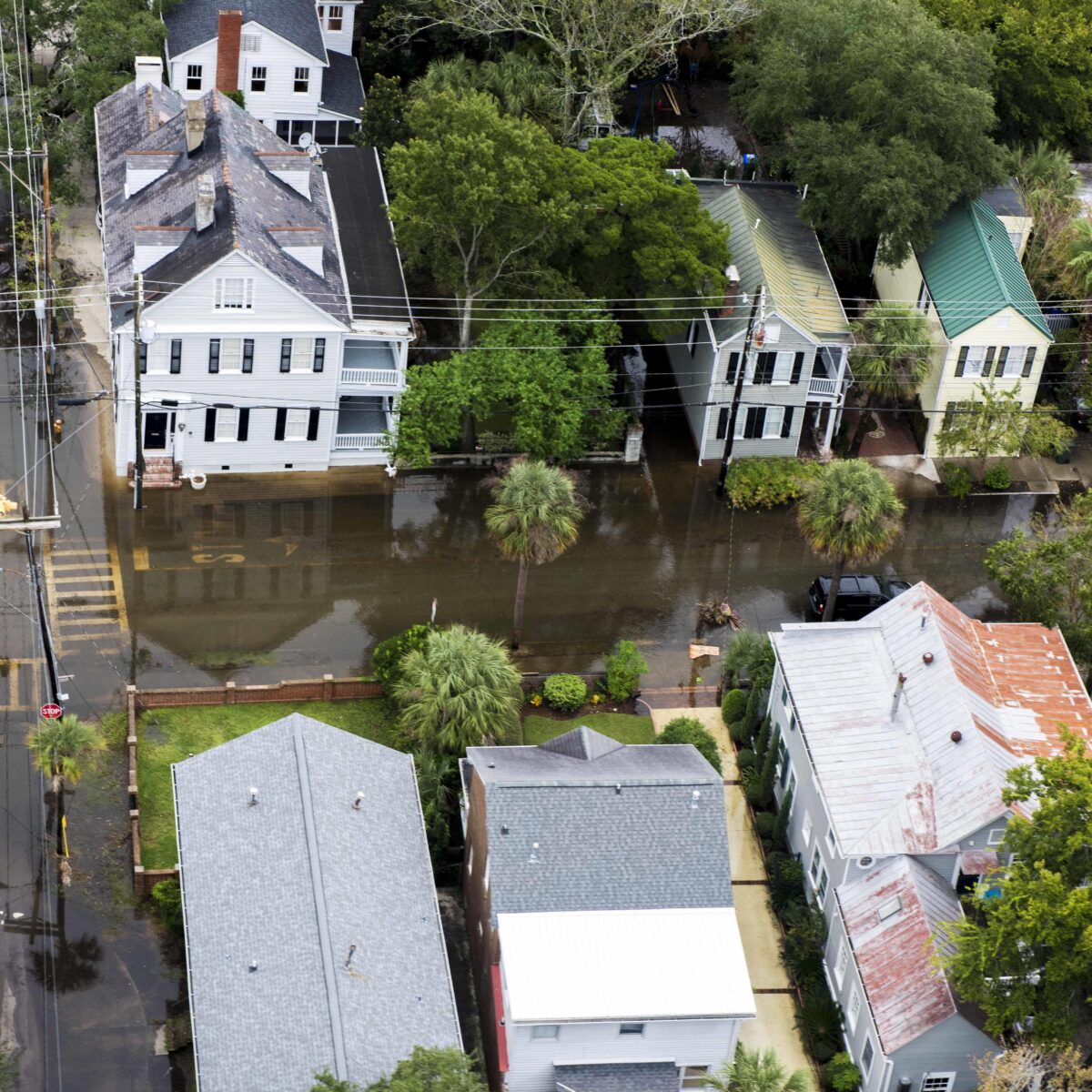
Water management must be comprehensive
Perimeter protection is not the only solution to water management issues in Charleston. Since the onset of the years-long conversation around the Army Corps of Engineers’ proposal to construct a perimeter seawall, the PSC has been calling on elected officials to send a clear message that our city expects — and deserves — better.
As long-range planning progresses, Charleston must prioritize a full range of measures to counter sea-level rise and flooding. A thorough, data-driven review of all types, causes, and impacts of flooding is a central first step. The City has recently laid the groundwork for a Comprehensive Water Plan to find the right set of solutions to protect life and property as high water events more frequently inundate our urban environment. By first focusing on the completion of this plan, the City will lead with a strong vision, attract funding from public and private sources, and begin addressing problems immediately.